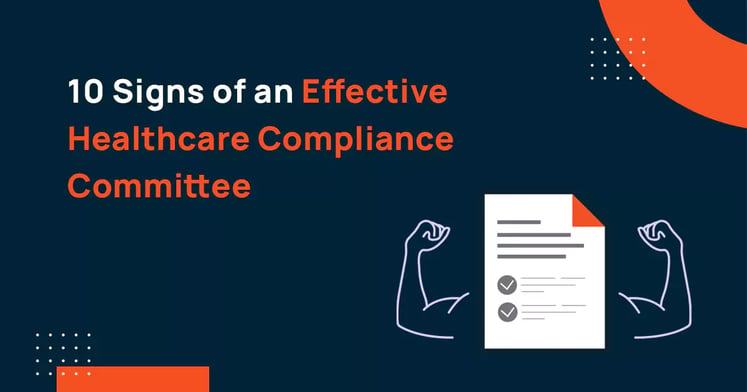Are you ready to learn more?
Talk to one of our policy management experts today!
Policy management resources, best practices articles, guides and how-to's can help optimize your processes.
Contract management resources, articles, guides and how-tos can help you improve efficiency.
Resources, best practices, articles, guides, and how-tos to effectively manage incidents.
Articles and guides on conflict of interest disclosure on how to properly handle potential conflicts.
Strategies on building frameworks for managing risks and staying up to date with regulatory developments.

You want to ensure your healthcare organization remains compliant with local, state and federal regulations, as well as industry best practices, so you create a compliance committee. Solving potential and current compliance issues — and getting your staff on board with new policies and procedures — is that simple, right?
Not quite. Truly effective compliance programs have employees’ buy-in so that they promote the culture of compliance — and to get them on board, your organization and compliance committee needs to function with transparency and integrity so that employees understand the why and how of policies, procedures, decisions and actions taken.
Often, a compliance committee forms with the best intentions — and then quickly spirals into a group that bottlenecks and slows processes by creating unnecessary red tape, micromanages others and comes between the chief compliance officer and the executive board.
So what does an effective compliance committee look like?
The key is to create a compliance committee that stays on target with the original goals it sets forth and keeps the organization’s overall objectives and values in mind. From there, it can weave compliance into your organization’s culture, and develop and use policies and procedures that carry out its goals and for which employees can be held accountable.
Did you know the new Consensus Framework for Ethical Collaboration in Healthcare?
What’s the next step? Download the FREE guide: How to Ensure Employee Accountability and Compliance through Effective Policy Management.
Are you ready to learn more?
Talk to one of our policy management experts today!